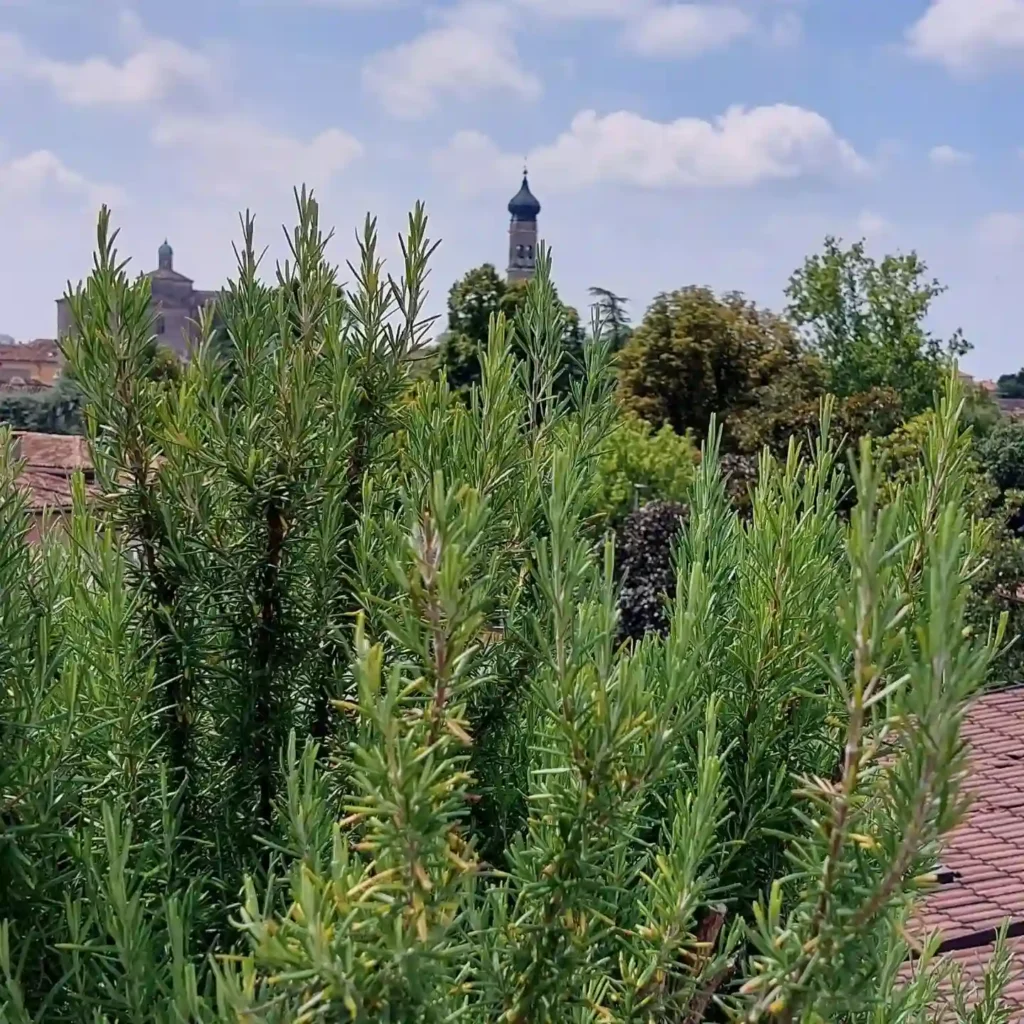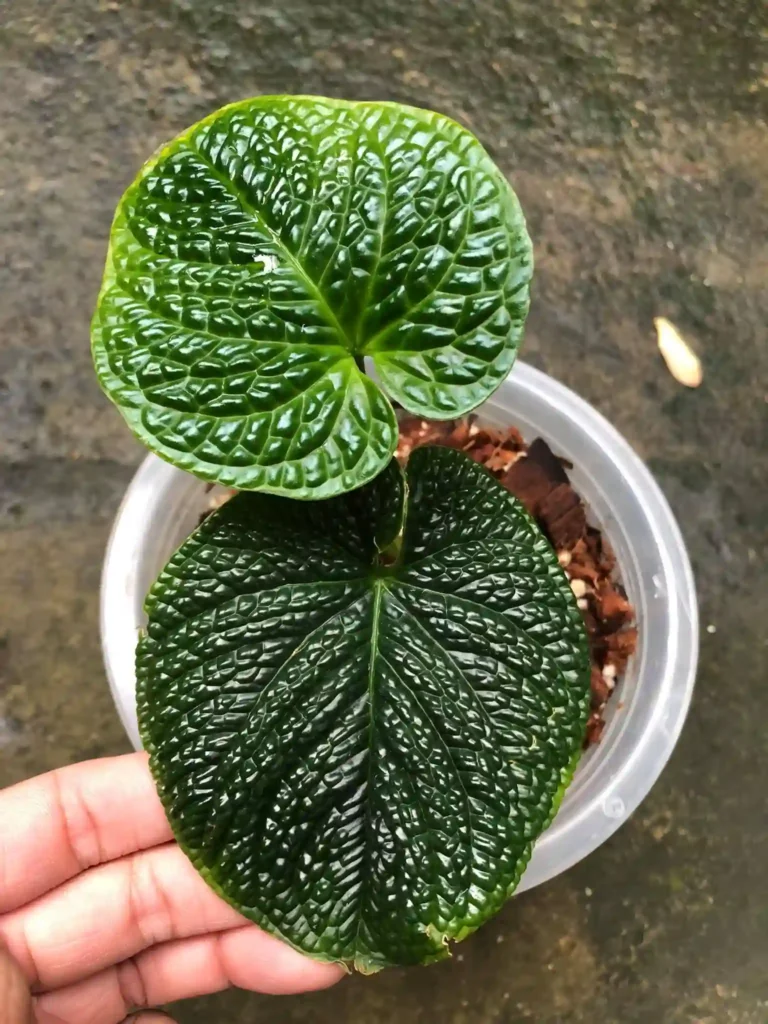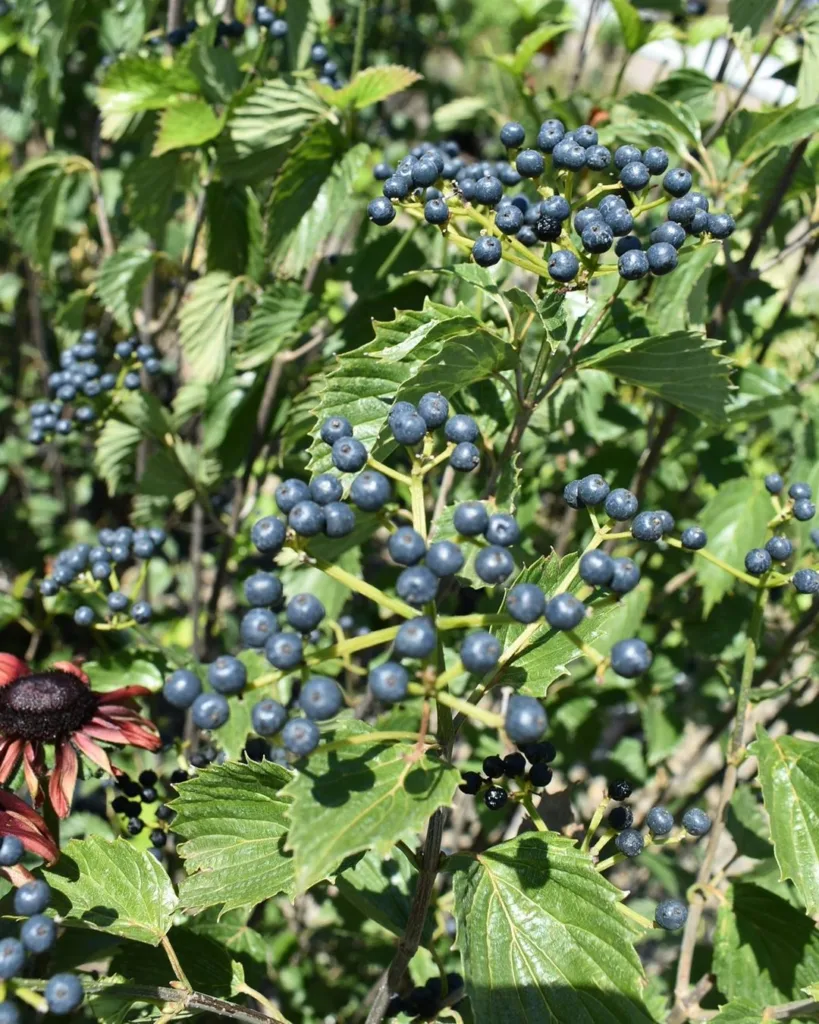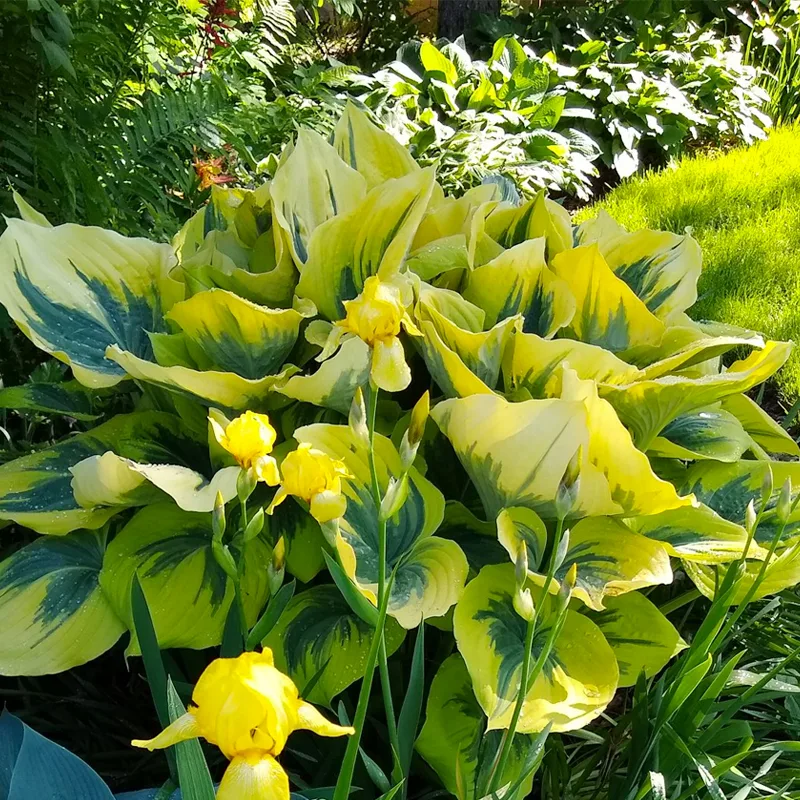Exploring the Styracaceae Family: A Personal Journey
As a plant enthusiast, I’ve always been fascinated by the diversity and beauty of various plant families. One that particularly stands out to me is the Styracaceae family. This group comprises several genera that offer a wealth of unique characteristics and adaptations. In this article, I want to share my insights and experiences with this family, focusing on its notable genera, including Styrax, Halesia, and Davidia.
An Overview of Styracaceae
The Styracaceae family includes about 100 species spread across several genera. These are primarily found in temperate and tropical regions. They are known for their beautiful flowers and aromatic resins. My exploration of this family began when I first encountered Styrax japonicus, commonly known as the Japanese Snowbell. Its delicate white flowers caught my eye, and I was drawn to its fragrant blooms.
Genera in the Styracaceae Family
- Alniphyllum: Native to eastern Asia, this genus comprises trees with toothed leaves and fragrant flowers.
- Bruinsmia: Found in southeastern Asia, this genus includes trees with entire leaves and white or pink flowers.
- Changiostyrax: Native to China, this genus is composed of trees with serrated leaves and white flowers.
- Halesia: Next on my journey through the Styracaceae family is the genus Halesia. This group is often referred to as the silverbells, named for their beautiful, bell-shaped flowers. One species that left a lasting impression on me is Halesia carolina, or the Carolina silverbell. When it blooms in spring, the tree is a spectacle of white flowers against a backdrop of fresh green leaves.
- Huodendron: Found in eastern Asia, this genus includes trees with serrated leaves and white or pink flowers.
- Melliodendron: Native to China, this genus comprises trees with toothed leaves and yellow flowers.
- Parastyrax: Found in eastern Asia, this genus includes trees with serrated leaves and white flowers.
- Pterostyrax: Commonly known as epaulette trees, this genus is native to eastern Asia and features fragrant, white flowers.
- Rehderodendron: Found in eastern Asia, this genus includes trees with serrated leaves and white or pink flowers.
- Sinojackia: Native to China, this genus comprises trees with toothed leaves and white flowers.
- Styrax: The genus Styrax is perhaps the most well-known within the Styracaceae family. It includes about 90 species, mostly found in East Asia and North America. I remember visiting a botanical garden where they had a stunning collection of Styrax trees. The flowering season was a magical experience. The flowers hang in drooping clusters, resembling little bells, and their sweet scent filled the air. – 129 Species in Genus Styrax
- Parastyrax W.W.Sm.
Cultivation Tips
If you’re considering adding a Styracaceae member to your garden, here are a few tips I’ve found helpful based on my experiences:
- Soil and Drainage: Most species prefer well-drained, acidic to neutral soil. I’ve noticed that adding organic matter helps improve soil quality.
- Sunlight: While some genera like Styrax thrive in full sun, others such as Davidia prefer partial shade. Observing your garden’s light patterns is essential before making a decision.
- Watering: These plants generally need moderate watering, especially during dry spells. However, it’s crucial to avoid waterlogging, which can lead to root rot.
- Pruning: Regular pruning encourages healthy growth and flowering. I typically prune in late winter or early spring before new growth begins.
Conclusion
The Styracaceae family holds a special place in my heart as a plant lover. From the charming flowers of Styrax to the stunning bracts of Davidia, each genus offers unique beauty and ecological benefits. Through my experiences with these plants, I’ve learned not only about their cultivation but also about the importance of biodiversity in our ecosystems.
As I continue to explore and expand my garden, I encourage fellow plant enthusiasts to consider the Styracaceae family. Each plant brings a story and a contribution to our environment, making our world a more beautiful and vibrant place.
If i die, water my plants!



